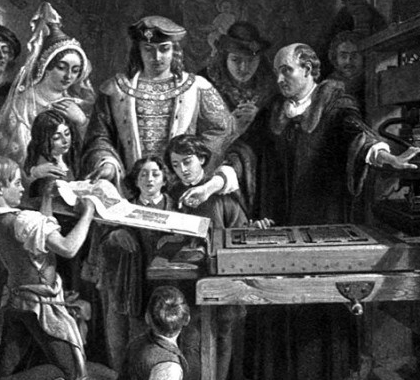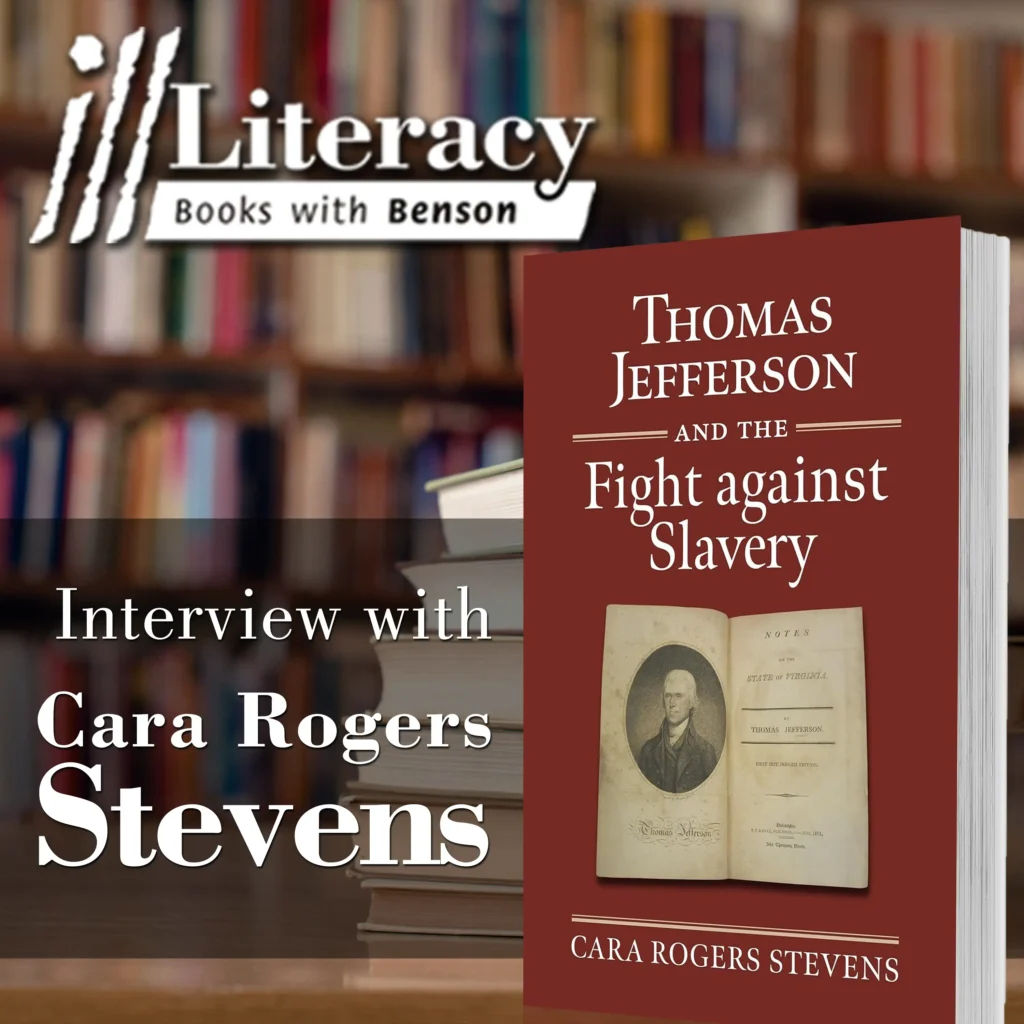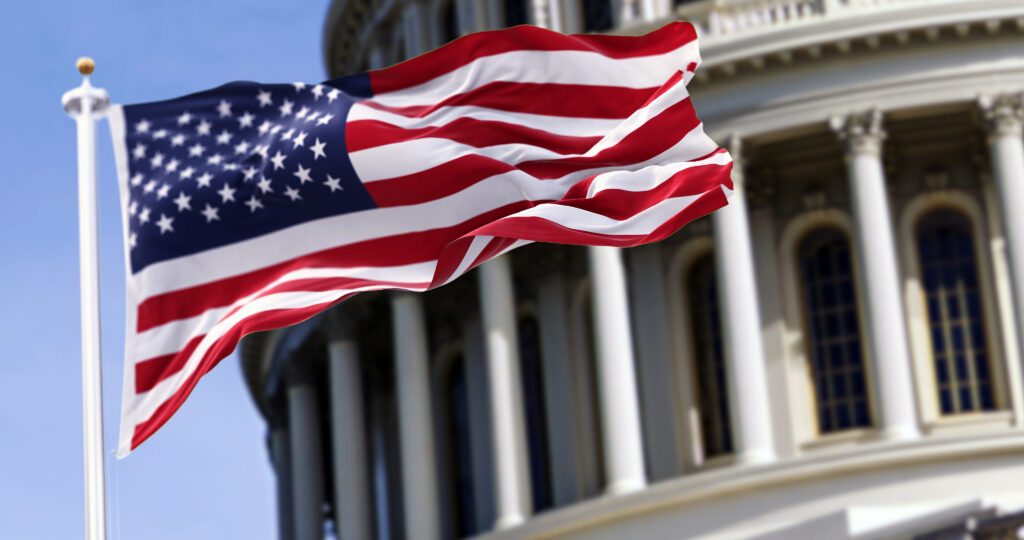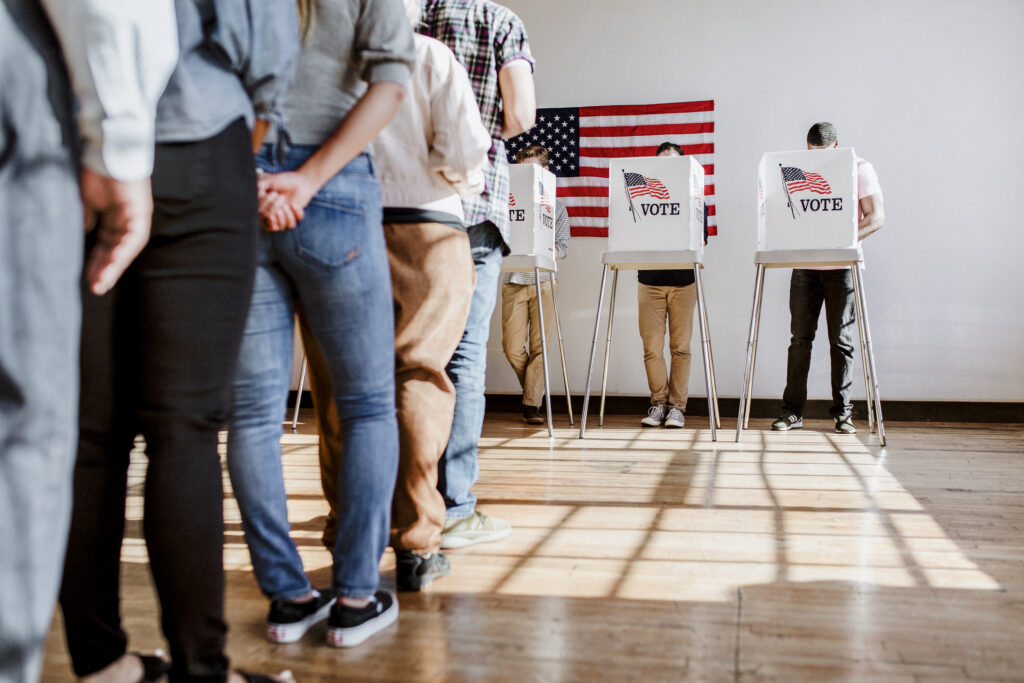You could be a professor, a journalist, or just a gifted writer. You have finished your book. It contains your best ideas, the most treasured possession you own. You look for a publisher and find one. You think your job is done. The contract you sign hurriedly because legalese is not your specialty. You sit back and wait for the royalties to roll in.
The book is published, but it is very expensive and doesn’t sell well. Your publisher stops answering your emails. The hoped-for royalties never arrive. It’s disappointing, but what are you going to do?
A few years later, you wonder if you picked the wrong publisher. Maybe you can reuse that material. For the first time, you get curious about that contract you signed. The copyrights to your book belong to the publisher. So too do the distribution rights. You can’t so much as quote your own words on a blog without gaining permission from the publisher. You can do so only at their discretion.
For how long is this true? So that you believe me, I will quote the copyright office itself:
As a general rule, for works created after January 1, 1978, copyright protection lasts for the life of the author plus an additional 70 years. For an anonymous work, a pseudonymous work, or a work made for hire, the copyright endures for a term of 95 years from the year of its first publication or a term of 120 years from the year of its creation, whichever expires first.
That’s right. From your point of view, it never expires. And let us be clear: the right to publish your work is not something you personally possess. It belongs to a publishing house. Even if you were somehow clever enough to get yourself named as the copyright holder, it wouldn’t matter. The distribution rights are owned by the publisher.
Before digital publishing, there was a slight hope that the publisher would stop even carrying your book in the catalog. In that case, after some unspecified number of years, the rights reverted to you, the author.
This is no longer the case, because digital publishing allows publishers to keep you in print at zero cost. In practice, you never again gain access. You wrote the book that contains your ideas, but now you face a full lifetime of having no control over them again.
It’s in the contract. You signed it. There’s no going back.
After you die, your child could inherit your future rights, but it is very likely that he or she will be dead too. You have to rely on your grandchildren to bring your work into print. Just think about how many grandchildren are interested in the writings of granddad. Not likely. Great-grandchildren, less so.
Unless you are self-publishing, and set out to use a specialized contractual system like Creative Commons (of which there are many varieties), this is the situation in which all authors find themselves. It’s doesn’t matter whether it is commercial or academic publishing; the moment you agree to a publisher, your rights are gone for your lifetime plus another lifetime after that.
Decline and Fall
How long has this been true in the U.S.? Not for very long. It’s only been true since 1998, following a long series of measures that extended copyright terms. In the old days, copyright restricted author rights for 28 years before rights entered the commons.
Going back further in time, before the end of the 19th century, copyright only pertained to the national level. Books published in Britain were free to publish in the U.S. (which is why all American school kids learned British literature; it was cheaper to publish), while American works were freely published in Britain (which is how Mark Twain became famous in London).
Times have changed, dramatically, and this affects authors profoundly, though they hardly ever think about the implications at the time of publication. This puts publishers at a huge advantage over authors.
Maybe you thought that the point of copyright was to protect authors against pirates? The truth is that this has never been the case. Karl Fogel writes:
The first copyright law was a censorship law. It was not about protecting the rights of authors, or encouraging them to produce new works. Authors’ rights were in little danger in sixteenth-century England, and the recent arrival of the printing press (the world’s first copying machine) was if anything energizing to writers. So energizing, in fact, that the English government grew concerned about too many works being produced, not too few. The new technology was making seditious reading material widely available for the first time, and the government urgently needed to control the flood of printed matter, censorship being as legitimate an administrative function then as building roads.
Later copyright became an industrial monopoly enforced by government:
The Stationers were granted a royal monopoly over all printing in England, old works as well as new, in return for keeping a strict eye on what was printed. Their charter gave them not only exclusive right to print, but also the right to search out and confiscate unauthorized presses and books, and even to burn illegally printed books. No book could be printed until it was entered in the company’s Register, and no work could be added to the Register until it had passed the crown’s censor, or had been self-censored by the Stationers. The Company of Stationers became, in effect, the government’s private, for-profit information police force.
That copyright today favors publishers and not authors is not inconsistent with its long history. It is precisely what was intended. Publishers are profoundly aware of this, though they are loath to talk about it. I’ve been in many public debates on this topic and discussed this history on panels with apologists for the industry. I’ve never seen these essential points disputed. That authors are still unaware is a tribute to how the industry has successfully, and for hundreds of years, blinded authors about what is happening to their works.
The Commons
There is a solution to the problem, thanks to the advent of Creative Commons. Under the licensing structure chosen by the American Institute for Economic Research, the author retains all rights, including distribution rights, to the books published by AIER. Those rights are equally shared by readers and others so that no law is being used to force a monopoly. In practice, this means that an author maintains complete ownership but is also not in a position to restrain other publishers from using the work.
The immediate objection might be: just about anyone can pull your text and publish it. This is true, but there is no economic incentive to do so unless and to the extent the book is highly successful. In this case, no future publisher enjoys the first-mover advantage. However, it does happen. I was at a cocktail party once where a person asked me to autograph my book. The edition the person held I had never seen before. It was both surprising and delightful to discover that my work was seen valuable enough to be reprinted by a company I had never heard of.
Karl Fogel again comments on the implications:
There won’t be a dramatic battle between the publishing industry and the copying public, with a climax, a denouement, and a clear winner striding out of the dust. Instead, what we will see — are already seeing — is the emergence of two parallel streams of creative work: the proprietary stream, and the free stream. Every day, more people join the free stream, of their own volition, for all sorts of reasons. Some enjoy the fact that there are no gatekeepers, no artificial barriers. A work can succeed by its merits and word of mouth alone: although there’s nothing to stop traditional marketing techniques from being used in the free stream, there’s less to subsidize them, so word of mouth and peer-review networks are taking on a greater importance there. Others enter the free stream as crossovers from the proprietary, releasing a portion of their work into the free domain as an advertisement or an experiment. Some simply realize that they have no chance of success in the proprietary world anyway, and figure they might as well release what they have to the public.
So, yes, this strategy is very different from the current conventional copyright, and that’s very good. It means that the author is never excluded from access to his or her own productive work. If you move from job to job, publisher to publisher, the rights to your content are never forcibly alienated from you. All of which is to say that this is a genuine free market system.
It’s possible that all publishers will eventually adopt this model. Or it is possible that they will fight ever harder for their industrial monopolies that come at the expense of authors. In either case, an author is in a position to make a choice. AIER’s publishing strategy is designed to broaden the choices available to authors, never using the force of law to deny creators their rights.
[Originally Published at AIER]





